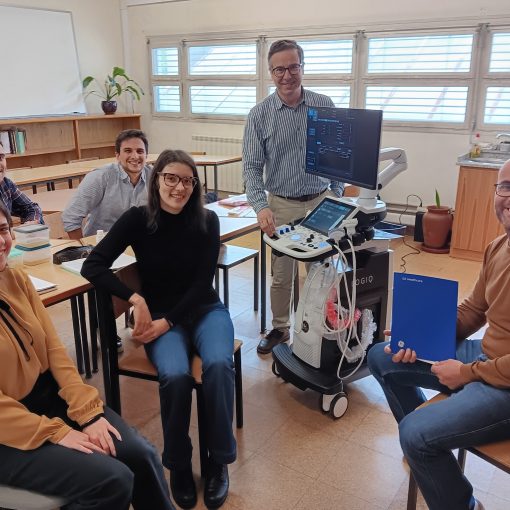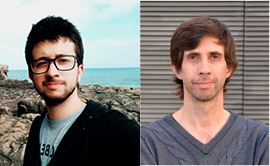 Two researchers from the School of Engineering of the University of Minho have defined a set of evacuation strategies against the activity of a volcano in central Mexico, one of the most populated and seismic areas in the world. The study by Rafael Ramírez Eudave and Tiago Miguel Ferreira was published in the scientific journal Geohazards and intends to contribute to support the authorities’ decisions.
Two researchers from the School of Engineering of the University of Minho have defined a set of evacuation strategies against the activity of a volcano in central Mexico, one of the most populated and seismic areas in the world. The study by Rafael Ramírez Eudave and Tiago Miguel Ferreira was published in the scientific journal Geohazards and intends to contribute to support the authorities’ decisions.
The volcano Popocatépetl (“smoking mountain”, for the Aztec people) is one of the most active in North America and one of the ten most monitored and most populated in the world, with about 20 million inhabitants. It is 5426 metres high and is situated southeast of Mexico City. It has recorded 15 major eruptions in the last 500 years and, after a quiet phase, has had constant but moderate activity since 1994, with ash, fumaroles, gases and volcanic material being emitted. The last major eruption was in 2000, leading to a significant evacuation of people, and the most recent eruptions were in March and April 2020.
In order to minimise the negative impacts of the volcano’s activity on settlements, there are danger maps and colour warning systems, among other means. However, these tools do not include, for example, proactive actions of residents who react before the official warnings, notes Rafael Ramírez. In the study now published, he gives the example of the village of San Pedro Tlalmimilulpan, which is susceptible to the effects of volcanic ash emissions at the very beginning of a possible evacuation. This can lead to the failure of the emergency plan.
EEUM researchers then created “fault trees”, aggregating sensitive items for evacuation purposes, such as good availability of access, vehicles, shelters and communication networks, water and electricity. The work anticipated chains of negative events and difficulties in the post-event response.
In particular, it was noted that the failure of communications services tends towards “immediate failure” of action. The scientists also suggest the continuous involvement of experts from various fields for a complex and precise analysis for each settlement and type of situation, associating aspects such as risk indexes for vulnerable areas, population distribution and evacuation history.
Rafael Ramírez Eudave was born in Mexico City 28 years ago and researches at the Institute for Sustainability and Innovation in Structural Engineering (ISISE) and at the Institute for Biosustainability (IB-S) of UMinho. He has a degree in Architecture by the National Autonomous University of Mexico, a European Master in Structural Analysis and Historic Buildings by the universities of UMinho and Basilicata (Italy) and is PhD candidate in Civil Engineering at UMinho, having collaborated with several offices and institutes in his area. Tiago Miguel Ferreira was born 34 years ago in Leiria, researches at ISISE and IB-S and teaches at the universities of Minho and Coimbra.



